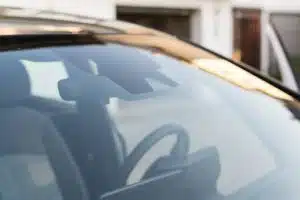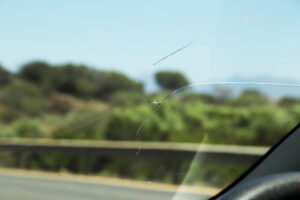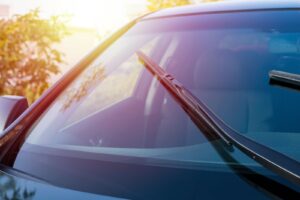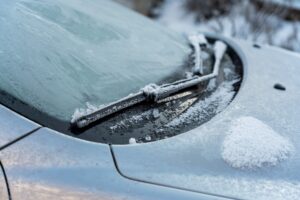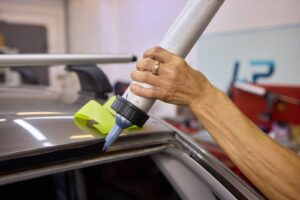Maintaining the integrity of fleet auto glass is paramount for a fleet service to ensure driver safety and minimize operational disruptions. Auto glass damage is costly and often leads to significant downtime.
In this blog, we’ll explore essential tips and strategies to help fleet managers and operators prevent auto glass damage on the road. From routine inspections and maintenance to adopting safer driving practices and using protective measures, we will provide you with actionable advice to keep your fleet running smoothly and efficiently.
Join us as we delve into practical ways to safeguard your fleet’s auto glass against common road hazards.
Understanding auto glass vulnerabilities
Auto glass is an important component of every vehicle. It protects us from external elements and ensures a clear view of the road ahead. However, it is also susceptible to various vulnerabilities that can lead to damage. Understanding these vulnerabilities helps prevent damage and ensures the longevity of your auto glass.
1. Impact from road debris
One of the most common causes of auto glass damage is the impact of road debris. Rocks, stones, and other objects are kicked up by other vehicles, causing chips or cracks in the glass.
To prevent such damage, it is important to maintain a safe distance from the vehicle in front of you, especially on gravel or unpaved roads. Additionally, avoid driving behind large trucks or construction vehicles, as they are more likely to pick up and throw debris.
2. Extreme temperature changes
Fleet auto glass is designed to withstand temperature changes to a certain extent. However, extreme temperature variations will stress the glass, leading to cracks or even shattering.
To minimize the risk of damage from temperature changes, avoid sudden exposure to extreme heat or cold. Instead, try to park your vehicle in shaded areas or garages during hot weather. During winter, avoid using hot water to defrost your windshield, as the abrupt change in temperature might cause the glass to crack.
3. Improper installation
When auto glass is replaced or repaired, it should be done by professionals using high-quality materials. Improper installation weakens the glass and increases its vulnerability to damage. Always choose a reputable auto glass repair shop or hire certified technicians to ensure proper installation.
Additionally, avoid slamming doors forcefully, as it puts unnecessary pressure on the glass and might cause it to crack.
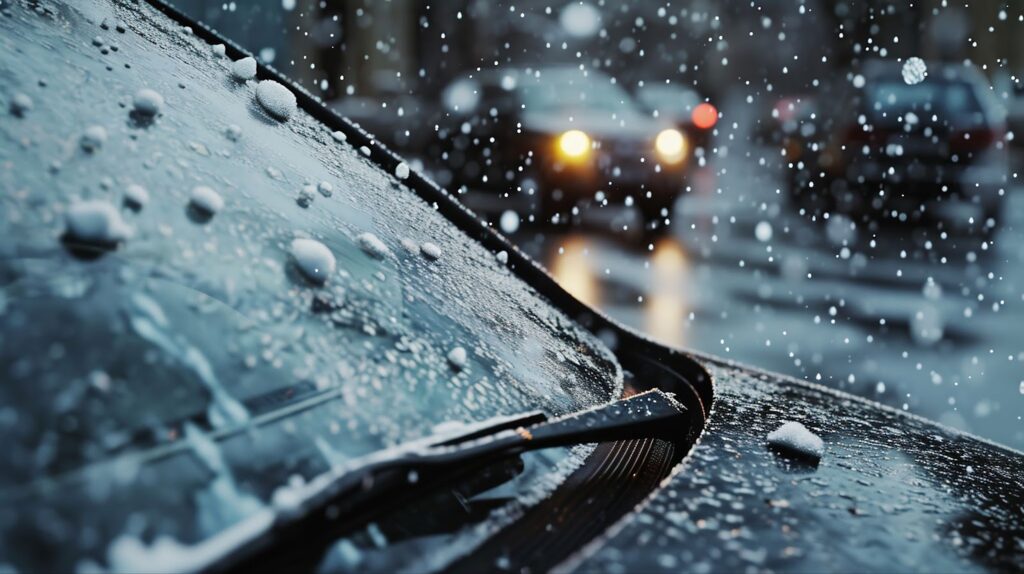
4. Hailstorms
Hailstorms are incredibly damaging to auto glass, leaving dents, chips, or cracks behind. While it is impossible to control the weather, taking preventive measures helps minimize the impact of hailstorms.
If you receive a weather forecast indicating the possibility of hail, try to park your vehicle in a sheltered area, such as a garage or under a sturdy structure. If shelter is unavailable, cover your auto glass with a thick blanket or car cover to provide an extra layer of protection.
5. Neglecting small chips or cracks
Even minor chips or cracks in auto glass can escalate into significant damage if left unattended. It is important to address these issues promptly to prevent further damage and ensure your safety on the road.
You can often repair small chips by filling them with resin to reinforce the glass. However, if the damage is extensive or compromises the structural integrity of the glass, you may need to replace it entirely. Therefore, it is advisable to consult a professional auto glass technician as soon as you notice any damage.
6. Using harsh chemicals or abrasive materials
When cleaning your auto glass, it is important to use non-abrasive materials and gentle cleaning agents specifically designed for glass surfaces. Harsh chemicals or abrasive materials can scratch or weaken the glass, making it more susceptible to damage.
Microfiber cloths and glass cleaners are ideal for maintaining the clarity and integrity of your auto glass. Avoid using rough sponges, brushes, or ammonia-based cleaners, as they may cause long-term damage.
Regular inspections and maintenance
Regular inspections and maintenance help ensure your safety and that of others on the road. Properly caring for your vehicle can prevent potential accidents and costly repairs in the future.
Here are some key areas to inspect:
- Tires: Check the tire pressure and tread depth regularly. Underinflated tires reduce your vehicle’s handling and fuel efficiency, while insufficient tread depth reduces traction on wet or slippery roads. Consider investing in a tire pressure gauge and replacing your tires when needed.
- Lights: Ensure that all of your vehicle’s lights, including headlights, taillights, brake lights, and turn signals, are functioning properly. Faulty lights will reduce your visibility on the road and increase the risk of accidents.
- Brakes: Brake failure can have catastrophic consequences. Regularly inspect your brake pads, rotors, and brake fluid levels. If you notice any unusual noises or difficulties in braking, have them checked by a professional immediately.
- Fluid levels: Check your vehicle’s fluid levels, including engine oil, coolant, transmission fluid, and windshield washer fluid. Low fluid levels may lead to engine overheating, poor performance, and decreased visibility.
- Battery: A dead battery can leave you stranded on the side of the road. Inspect your battery regularly, looking for signs of corrosion and checking the connections. If your battery is old or showing signs of weakness, consider replacing it.
Driving practices to minimize damage
When it comes to preventing fleet auto glass damage, it is of the utmost importance to consider your safety and the well-being of others. Whether you are a new or seasoned driver, here are some valuable tips to minimize damage and ensure a safe driving experience.
1. Observe traffic laws
One of the fundamental aspects of responsible driving is obeying traffic laws. Always adhere to speed limits, traffic signals, and road signs. Remember, they exist for a reason — to protect you and everyone else on the road.
2. Maintain a safe following distance
Maintaining a safe distance between your vehicle and the one in front of you significantly reduces the chances of rear-end collisions and associated damage.
The recommended distance varies, but a general rule of thumb is to maintain a minimum of three seconds between you and the vehicle ahead. This allows you enough time to react and brake, especially in emergencies.
3. Avoid distracted driving
Distracted driving is a leading cause of accidents and damage on the road. Keep your focus on the task at hand: driving. Avoid texting, talking on the phone, eating, or engaging in any activities that divert your attention away from the road.
4. Use turn signals properly
One key aspect of defensive driving is using turn signals effectively. Signaling your intentions in advance allows other drivers to anticipate your actions and respond accordingly.
Proper use of turn signals minimizes the risk of sideswipe collisions and related damage. Remember to switch off your turn signal after completing your maneuver to avoid confusion for other drivers.
5. Be mindful of blind spots
Blind spots are areas where your mirrors cannot provide a clear view of other vehicles. Before changing lanes or making any turns, thoroughly check your blind spots by turning your head to ensure it is clear. Neglecting blind spots can result in accidents and damage, so remain vigilant and minimize this risk by checking them regularly.
6. Follow road etiquette
Practicing good road etiquette is crucial for maintaining a safe driving environment. Be courteous to other drivers and pedestrians by yielding when necessary, giving way to emergency vehicles, and refraining from aggressive or reckless behavior.
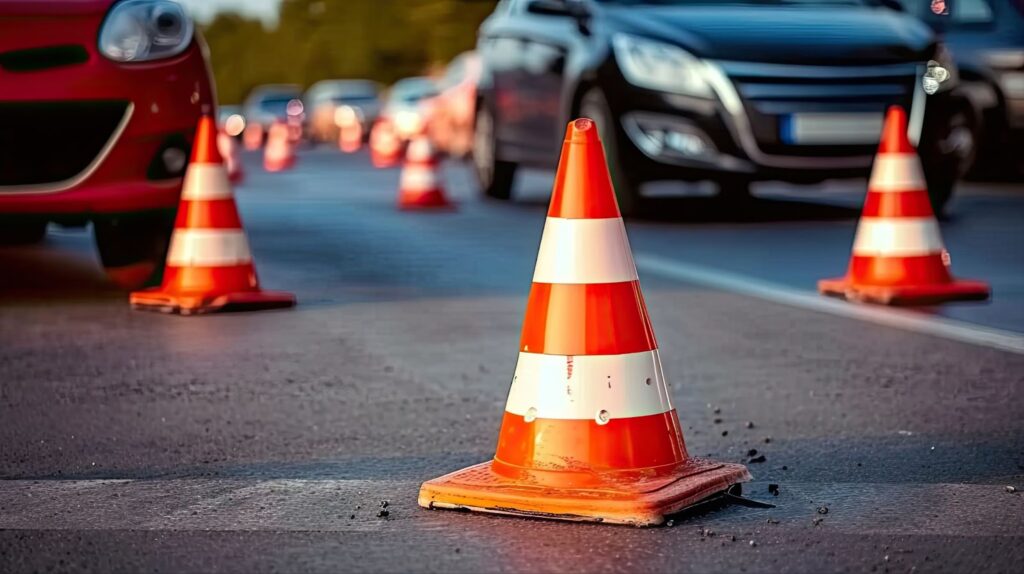
Training and awareness for drivers
1. Comprehensive driving education
One fundamental step in preventing road damage is providing comprehensive driving education. Training programs should cover essential aspects such as traffic rules, road signs and signals, and defensive driving techniques. These education initiatives should be introduced early, starting in primary school, to instill responsible driving habits from a young age.
2. Defensive driving techniques
Promoting defensive driving techniques helps prevent road damage. Drivers should be taught how to anticipate and react to potential hazards to minimize the risk of accidents.
4. Regular refreshers and continued education
Learning to drive is only the first step; ongoing education and refreshers are necessary to keep drivers alert and up-to-date with the latest driving practices. Encouraging drivers to attend periodic refresher courses or online training programs will reinforce safe driving habits and address any skill gaps they may have developed.
Fleet services with Utah Mobile Auto Glass
For comprehensive support in maintaining and protecting your fleet’s auto glass, turn to the experts at Utah Mobile Auto Glass. Our experienced team is dedicated to providing top-quality auto glass solutions tailored to meet the specific needs of your fleet vehicles.
Whether you need routine maintenance, emergency repairs, or are looking to implement preventative measures, we are here to help ensure your fleet remains safe and operational.
Contact Utah Mobile Auto Glass today to discover how our services can enhance the durability and reliability of your fleet’s auto glass. Let us help you keep your fleet service on the road with optimal visibility and safety.




